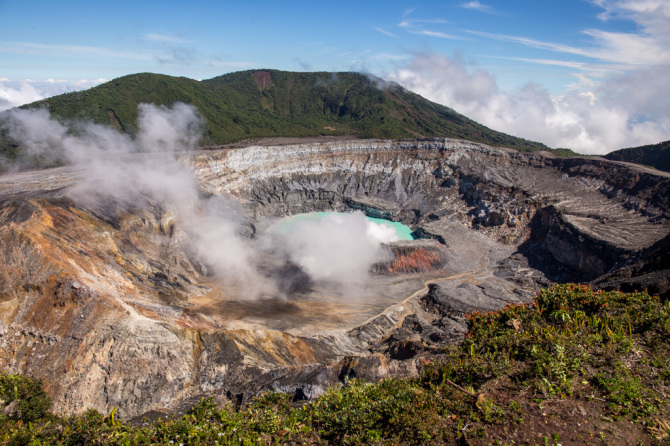
What a breathtaking view!
Stepping to the edge of the Poás Volcano platform, I could look out over the entire crater of the sleeping monster. The hot acidic lake waaaay down at the bottom was steaming like a fire-breathing dragon snoring. The rim of the crater was barren of plants from the last few blasts and the acidic soil. Further away from the edge, the dense cloud forest started weaving a thicket of trees.
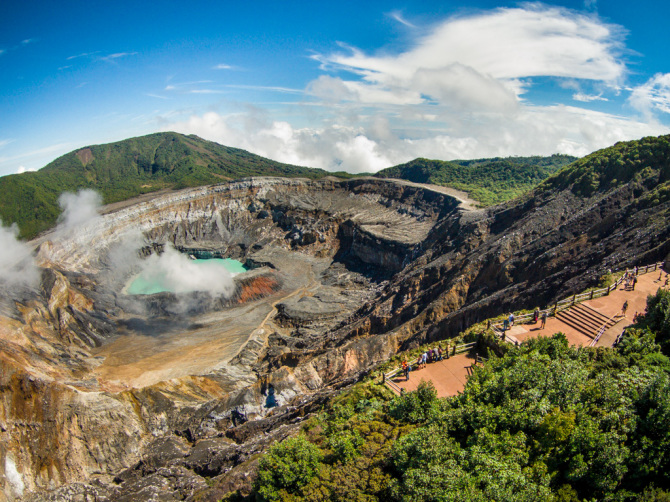
Poás Volcano
The Poás volcano is unique in Costa Rica because visitors can go all the way to the edge of the volcano crater and see everything that’s steaming or erupting at the bottom.
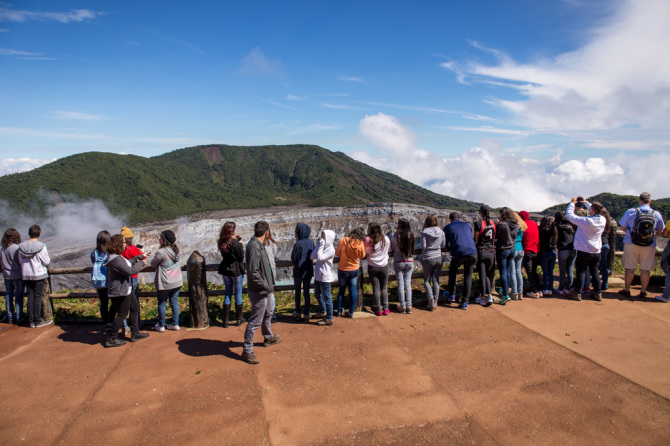
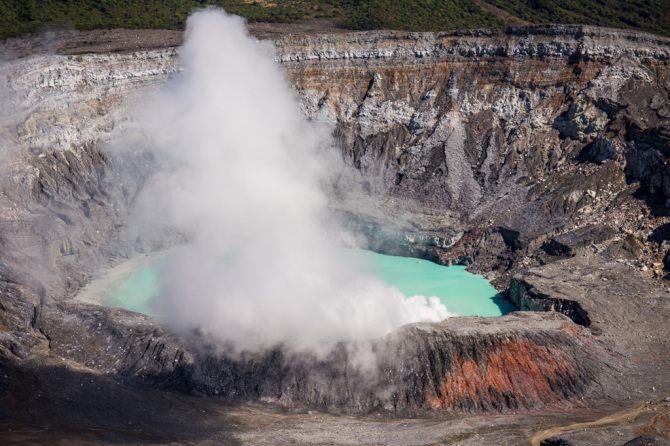
The Poás volcano has erupted 39 times since 1828, and has constant boiling and steaming from the lake in the main crater. It’s not likely that you’ll get to see a lava flow, but you never know…
I like their “Keep Calm and Evacuate Quickly” signs posted throughout the park!
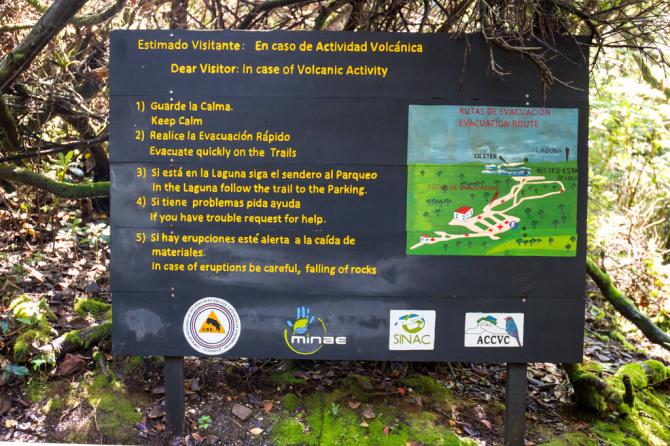
Botos Lake
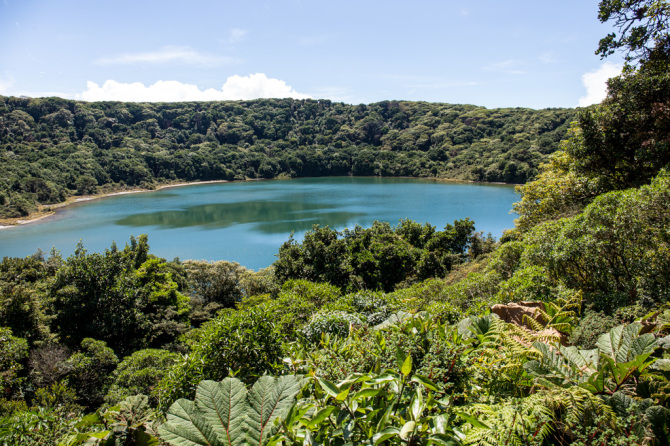
From the main crater, a trail struggles to weave its way through the thick trees to the second, inactive crater, called Botos Lake. It’s a beautiful clear lake with blue water. I looked and looked, but couldn’t find a trail down to go for a swim.
Bummer.
It feels like you’re miles away from the main Poás crater because the trees are so green and dense, but it’s just behind the viewing area, over the hill.
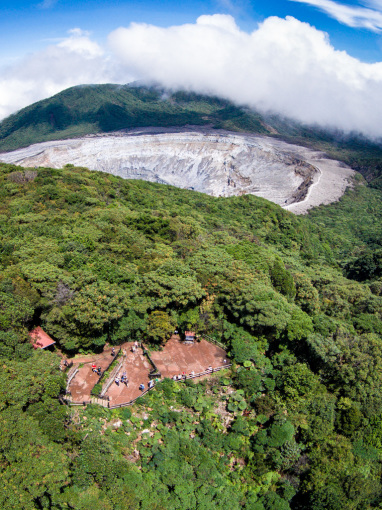
Hiking Trails
The walking trail from the parking lot and visitor center to the main crater is paved and only about a 15 minute walk. I wondered why I was huffing and puffing more than normal, but it’s because the elevation is 8,000 feet at the top. The air is thinner, which makes it harder to breathe and easier to get a sunburn, so watch out!
From the main Poás crater to the inactive Botos lake, the trail is a little steeper with stairs, and takes about a half hour. Be sure to find the 2 geocaches along the way!
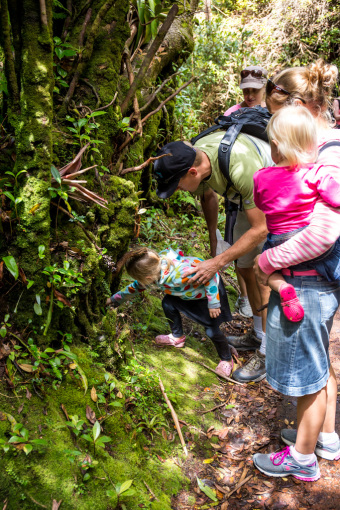
The last part of the trail loops back the the visitor center, and is about another half hour.
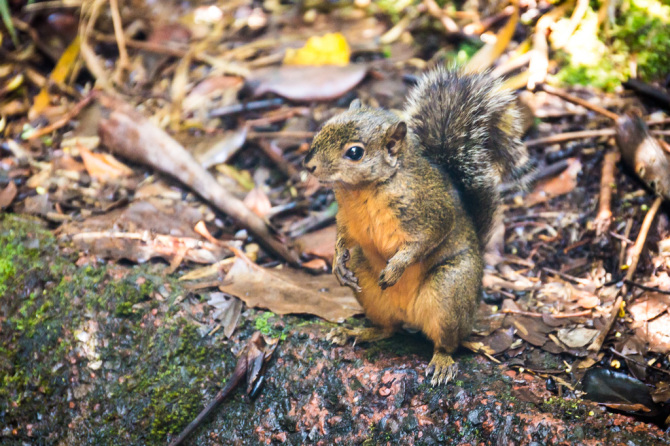
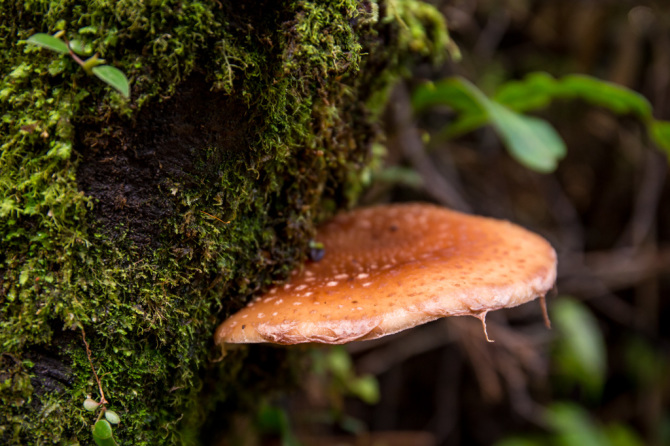
Visiting the Poás National Park
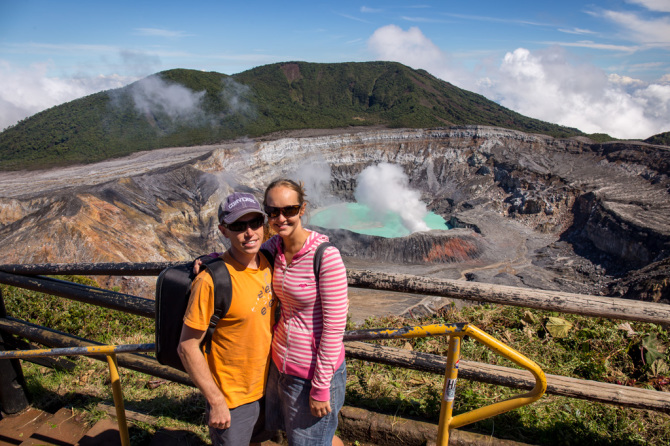
The best time to visit the park is in the morning, right as they open. This is important! If you roll up at noon, you just wasted your time driving there.
The fog rolls in later in the morning, covering the crater and making it worthless to visit. The best season is probably the dry season (Dec to April) when there is less chance of rain and fog, but don’t let that discourage you – just get there early before the fog rolls in!
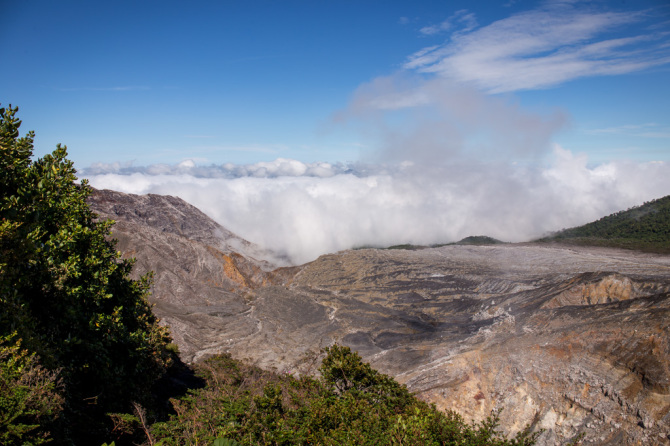
Poás Volcano Brochures:
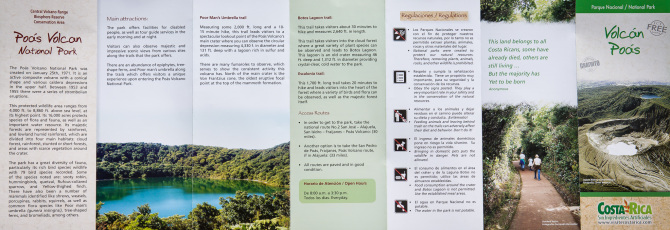
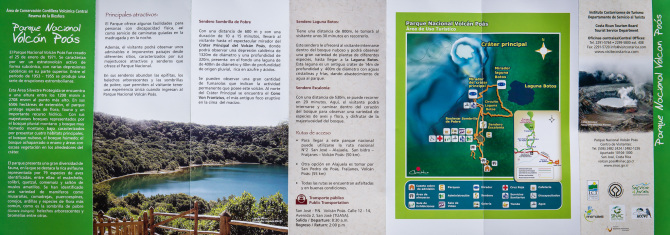 Click the brochures for a larger picture.
Click the brochures for a larger picture.
Poás Volcano Hours:
Open from 8:00 am to 3:30 pm every day (Not closed on Mondays like some national parks)
Click Here to see the sign.
Entrance Fees:
$10 for tourists. Less for locals and students with ID.
$4 for parking
Before you pay to enter, ask the employee if the crater is clear of clouds. If it’s all clouded over, there may not be much to see. Save your money and head to the La Paz waterfalls instead.
Driving to the Poás Volcano:
It’s about an hour by car from Alajuela or Grecia to Poás. Follow the signs up the mountain, or use the Pocket Earth maps on your smart phone.
If you’re looking for a tour bus to get there, any hotel or tour company in Costa Rica can arrange a ride for you.
You can also take a public bus from San Jose or Alajuela. If all else fails, grab a taxi and agree on a fare beforehand, for one way or a round trip with a few hours waiting time.
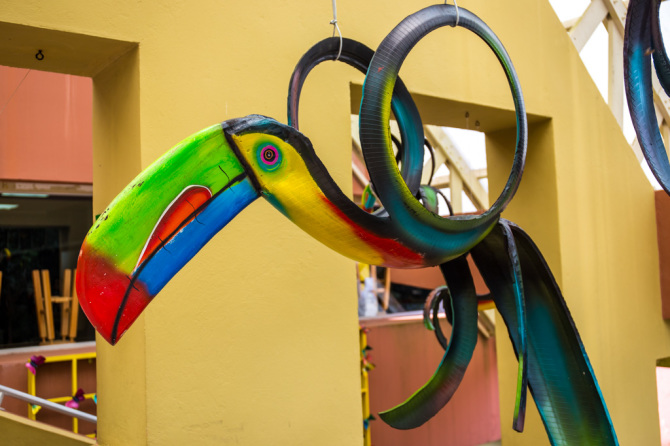
Visiting the Poás volcano national park is usually on everyone’s bucket list when they come visit Costa Rica, and for good reason. It’s a fantastic place to see untouched nature at an active volcano and breathe the fresh, cool mountain air without the crowds and heat of the beaches.
Leave a comment if you’ve been there!




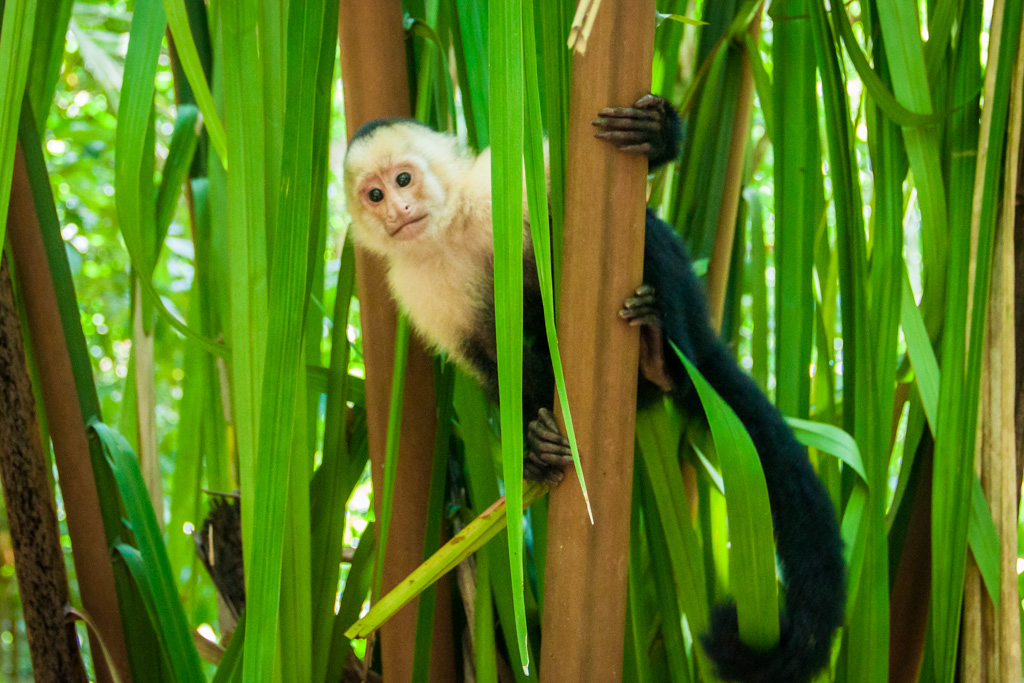
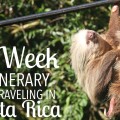
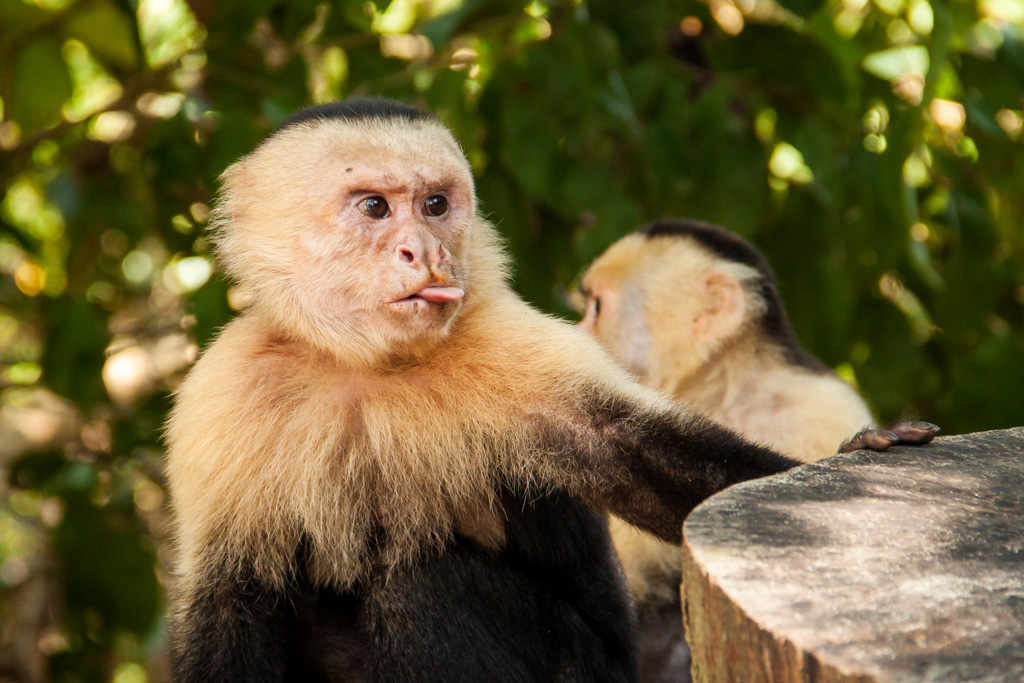
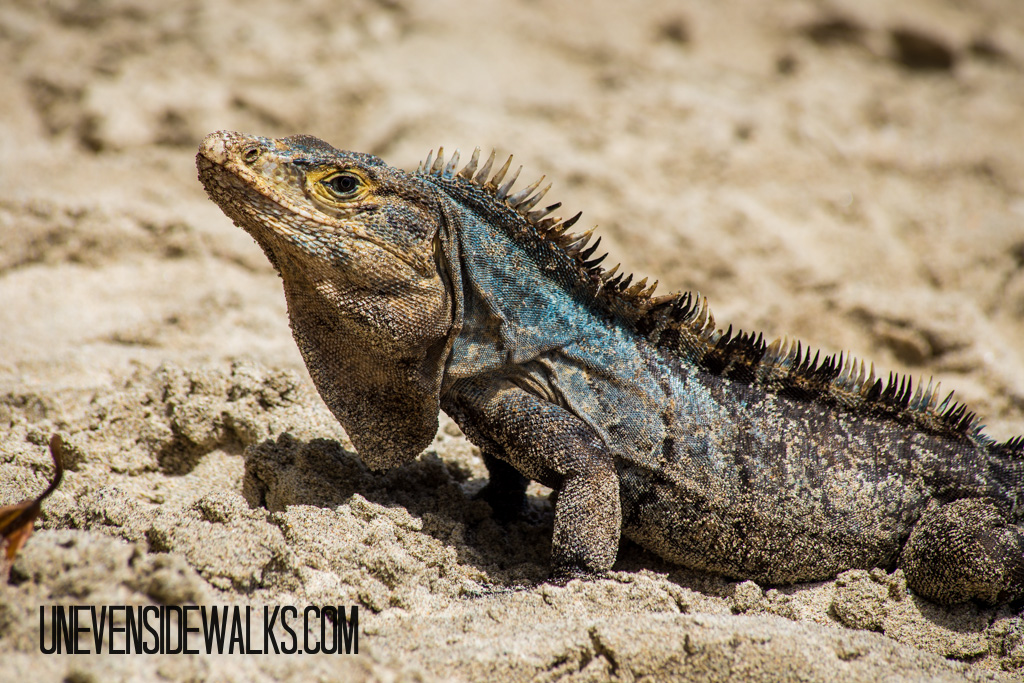
I love this park! What gorgeous pictures you got!
Thanks! Got a new camera I was playing with.